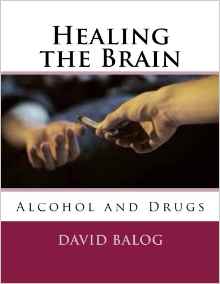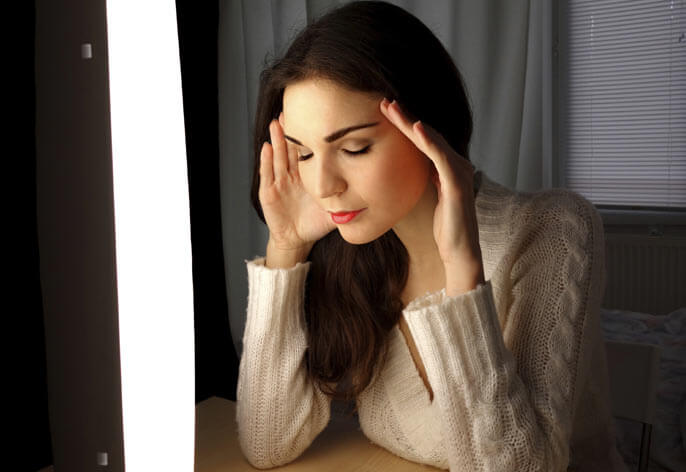Seasonal Affective Disorder: What You Should Know
The bright lights of the holiday season aren’t just for decoration; they can also help regulate your mood.
In late fall and winter, shorter daylight hours leave many people with little to no sun exposure, signaling the brain to create too much of the sleep-regulating hormone melatonin.
This overproduction of melatonin leads to seasonal affective disorder (SAD), a mood disorder that affects an estimated 10 to 20 percent of the population.
SAD Differs from Depression
Major depression is a disease in which your brain’s pleasure responses are broken. You may have a loss of appetite, fatigue, trouble sleeping and feelings of hopelessness. Depressed people often have a harder time managing their symptoms in the winter. But when depressive symptoms are only affecting you in the winter, it’s considered seasonal affective disorder (SAD).
SAD Affects Men and Women Equally
Historically, researchers have considered women to be more likely to experience seasonal depression. But psychiatrists are increasingly finding that’s not the case. “The classic crying and melancholic depression is more the norm of expression in women. But men express things differently, showing depression with more irritability, anger or frustration,” said Dr. Andrew Angelino, director of psychiatry at Howard County General Hospital.
Ways to Reverse SAD
If you can’t get outside during daylight hours, there are ways to help reverse your body’s creation of too much melatonin.
“If you find that you’re prone to getting the blahs in the winter months or you know you have depression and are taking your medicine, you can also get a light box,” says Dr. Angelino.
Absorbing natural, full-spectrum light regulates hormones in the brain, and helps keep your moods stabilize. In addition to obtaining a light box, Dr. Angelino recommends these five tips to help chase away the seasonal blues:
 |
| Drug abuse can follow addiction. Learn more. |

No comments:
Post a Comment